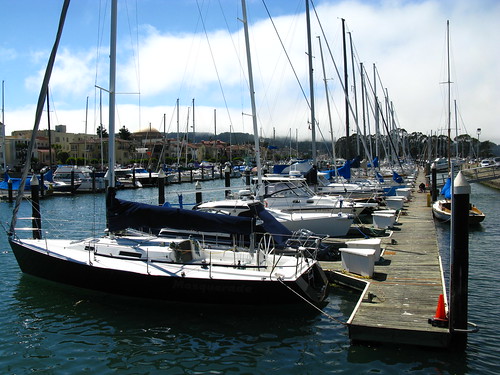


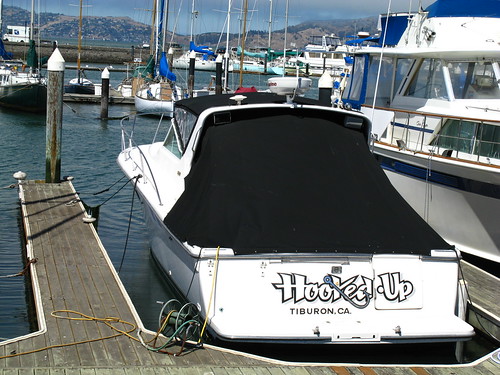
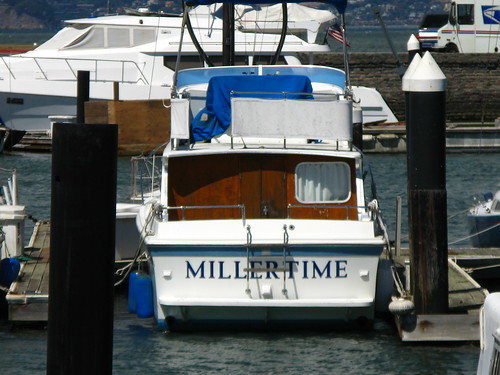
We're in the Marina, along San Francisco's north perimeter, on our way to Crissy Field. For no particular reason. The most romantic parts of San Francisco are those most closely connected to the water. It has something to do with the fog, and the wind, and the drama of the seas, and our links to the past. Don't ask me to explain it.
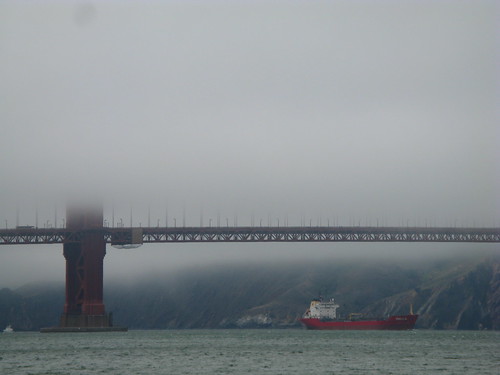
That said, I don't think a lot of people come here for the romance. That would be a little overwrought. San Franciscans in black turtlenecks flocking to the beaches to read poetry and have deep feelings. It's just a nice recreation area.
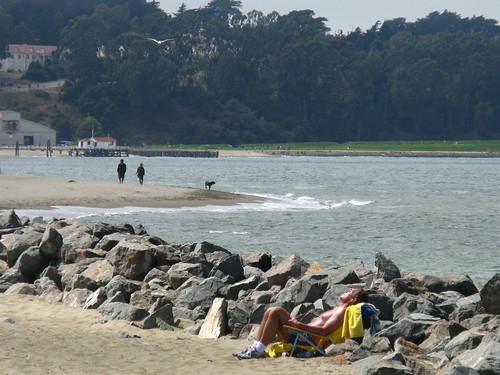

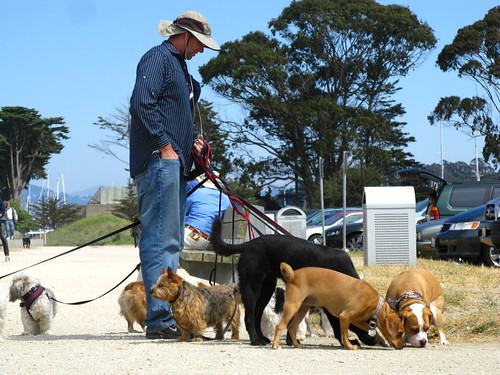
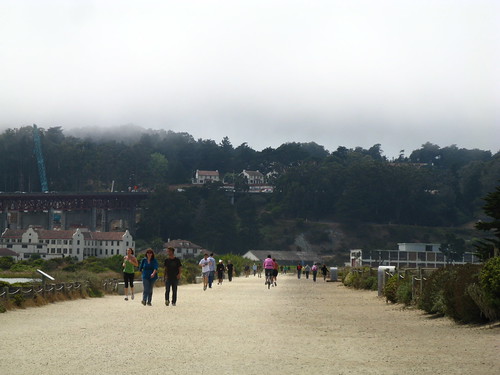
This was military land until base closures 20 years ago. Conservationists took up the asphalt landing field and restored a saltwater lagoon. Birds moved in immediately. They also restored a coastal sage scrub ecology, the tawny colors of which I always find so beautiful at the end of our long, dry summers.
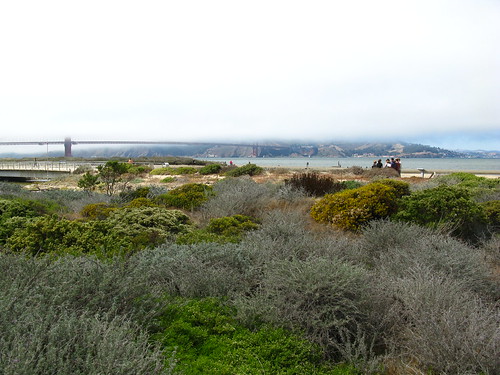
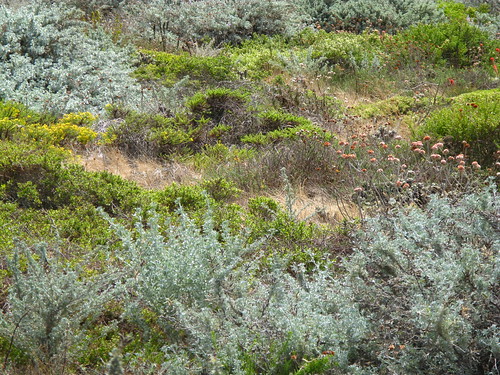
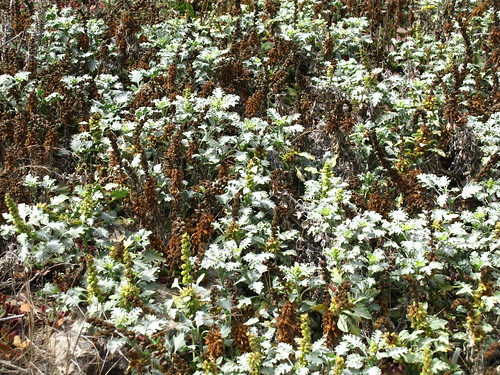
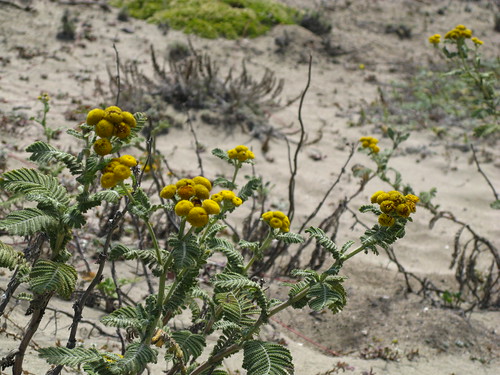
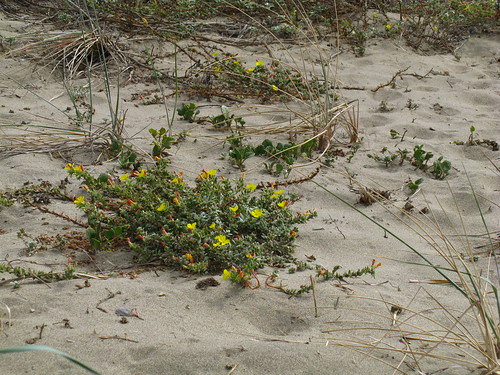
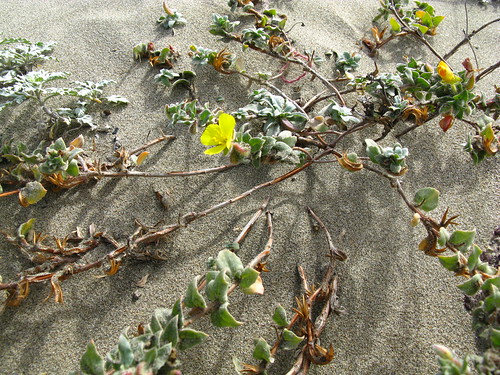
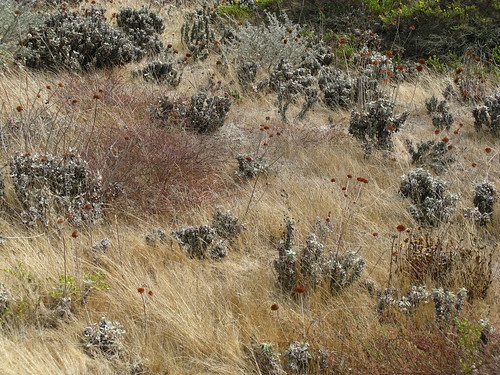
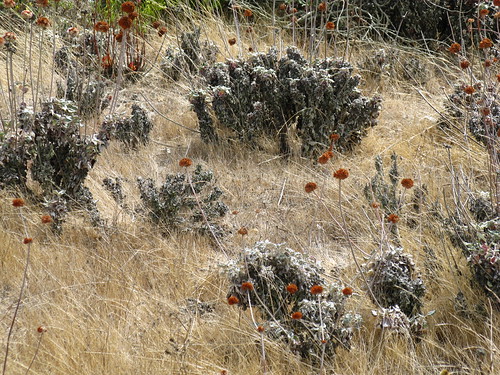

5 comments:
Love it, Chuck. This is one of my favorite parts of the city.
Hi Chuck,
Thanks for the pictures; I like the restored coastal scrub.
I wanted to give you an update on the Bladderpod seeds I asked you about. (Isomeris arborea).
I collected about 20 seeds from dried pods that were still hanging from the shrub. The shrubs I collected from were on Black's Knoll in La Jolla, growing on the cliff edge above the ocean. I took half the seeds and treated them with hot water as you suggested, and sowed the other half without treatment.
After two weeks, five of the ten untreated seeds had sprouted. None of the treated seeds have sprouted. I transferred the seedlings to one-gallon cans where they are now about 3-4 inches tall and growing well. I plan on placing them out in the garden in late October or when the rains arrive, whichever comes first.
So, based on my experiments I would say that pretreatment of Bladderpod seeds is definitely not necessary, and may even be detrimental to germination rates.
My next project is propagation of my Cleveland sage by cuttings. I've propagated succulents by cuttings, but never perennials. Any suggestions?
That's great about your bladderpod results. I'm told it's often true that fresh seeds don't require any pretreatment. Also, I just checked Dara Emery's book, Seed Propagation of California Native Plants, and he says "no treatment" for bladderpod, and "fire treatment may improve germination". Whoops, I could have looked that up for you (and me) in the first place. No wonder perhaps that I had poor results with the hot water treatment.
Except for buckwheats, California's perennials are generally easy to propagate from cuttings. I start with growth that's a 1-3 months old. The stems should have a little bit of give when you bend them, but not too much. It's a subjective feeling you will develop a sense for. (For Berberis, take heel cuttings.)
Select pieces 3-6 inches long with short internodes and at least 2 or 3 nodes. Cut off all the leaves except those at the top node where I usually cut the leaves in half. I maintain cuttings in a 5:1 mixture of well wetted perlite:vermiculite, which I water often to keep moist and neither hot nor cold. I know people also use horticultural sand and peat. You'll have to see what works for you.
I've used http://www.dipngrow.com/ (a dilute preparation of indole-3-butyric acid), but fresh cuttings often root without it. Good luck.
Strong memories of walking our Newfoundlands there. Land or sea making no difference to them, they'd forge across the little inlets, swim a bit, then back up on the sand. This place is such a gift to the city.
Loving your pics of SF! Fond memories...
Post a Comment